
Travel is a great way to spend money to gain indispensable experiences and memories. Immersing yourself in a foreign culture and witnessing local traditions is an experience you get to enjoy even years later. It is exciting to visit popular tourist destinations as well as discover unique holes in the walls. These places are popular for a reason and typically are the most tourist-friendly. However, as years go by, these places have taken advantage of this eagerness by charging insane prices. This leaves a bad impression and takes away from the experience.
Hidden Expenses of a Trip

As pleasurable as travel may be, considering how expensive planning one is deters people from even attempting it. There are so many costs that go into a well-thought-out trip. With the high cost of travel, you also want to make sure you fill the journey with as many activities as possible, but since we live in a capitalist world, nothing is free. The minute you step into a new place, you are charged with taxes, transportation to accommodation, hotel fees, transportation to different attractions, and the charges you find racking up when sightseeing.
Post-Pandemic Price Hikes
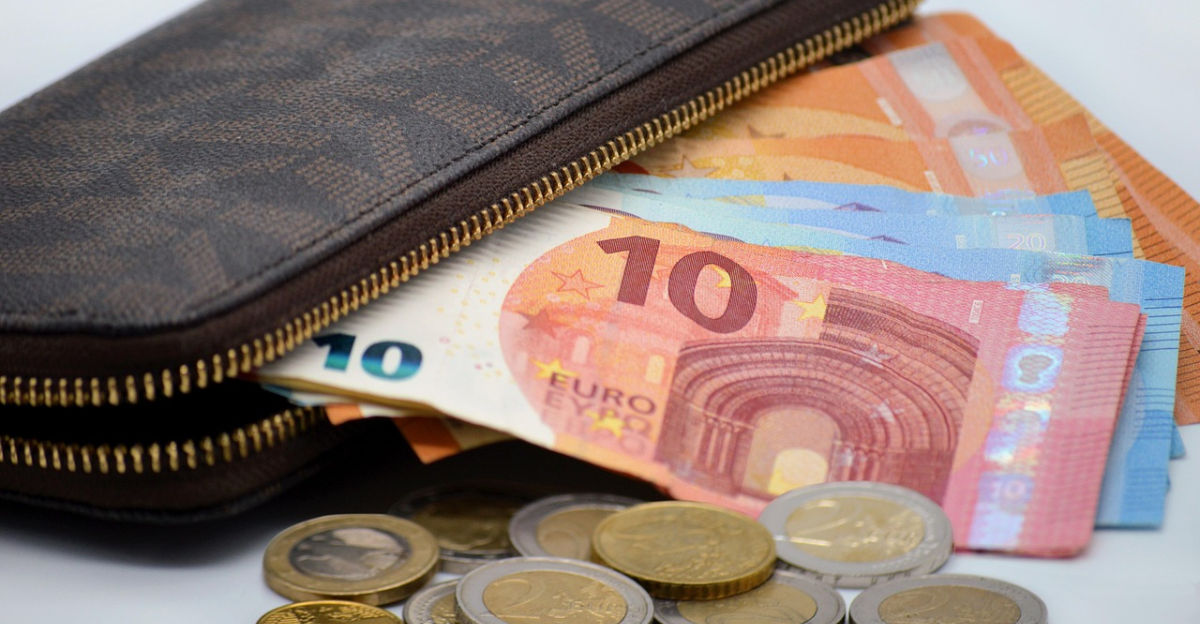
First and foremost, countries where most businesses rely heavily on tourism income suffered a significant loss during COVID-19. This affected private institutions and national revenue as well. To bounce back from the many years of declining tourism, markups were made on common tourist purchases.
AI-Driven Dynamic Pricing
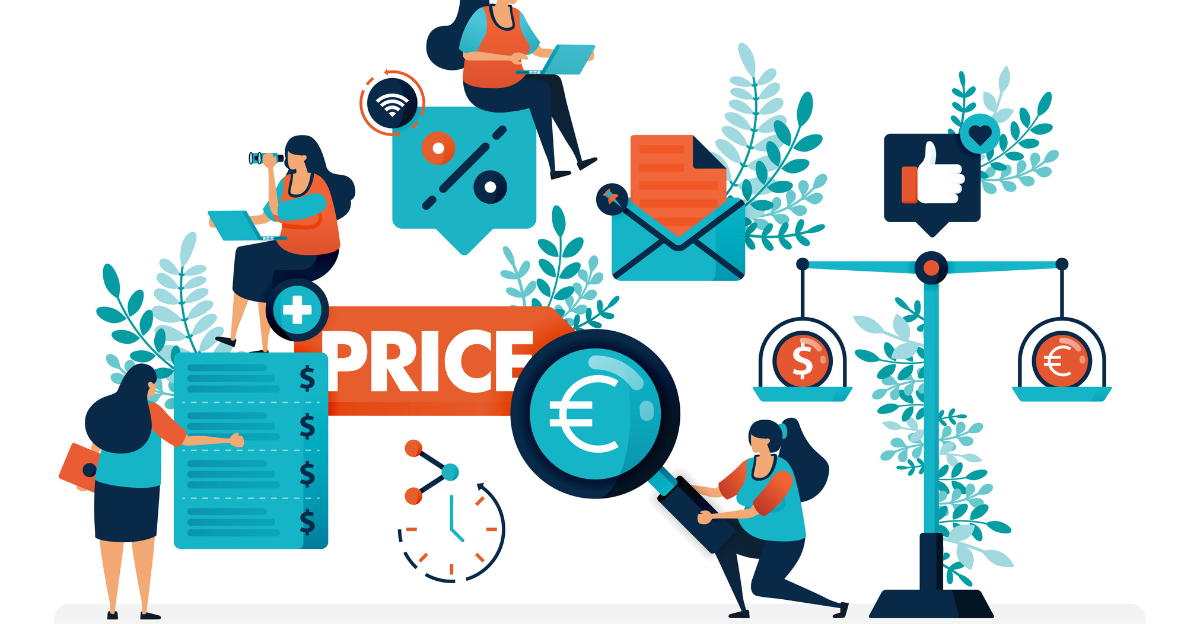
Destinations now rely on AI-powered pricing that bases prices on demand, user location, and browsing history. This algorithm leads to people receiving different prices for the same experience. If traffic is high, the algorithm distributes higher and more competitive prices to instill a sense of urgency in travellers.
Goodbye Off-Season, Hello Year-Round High Prices
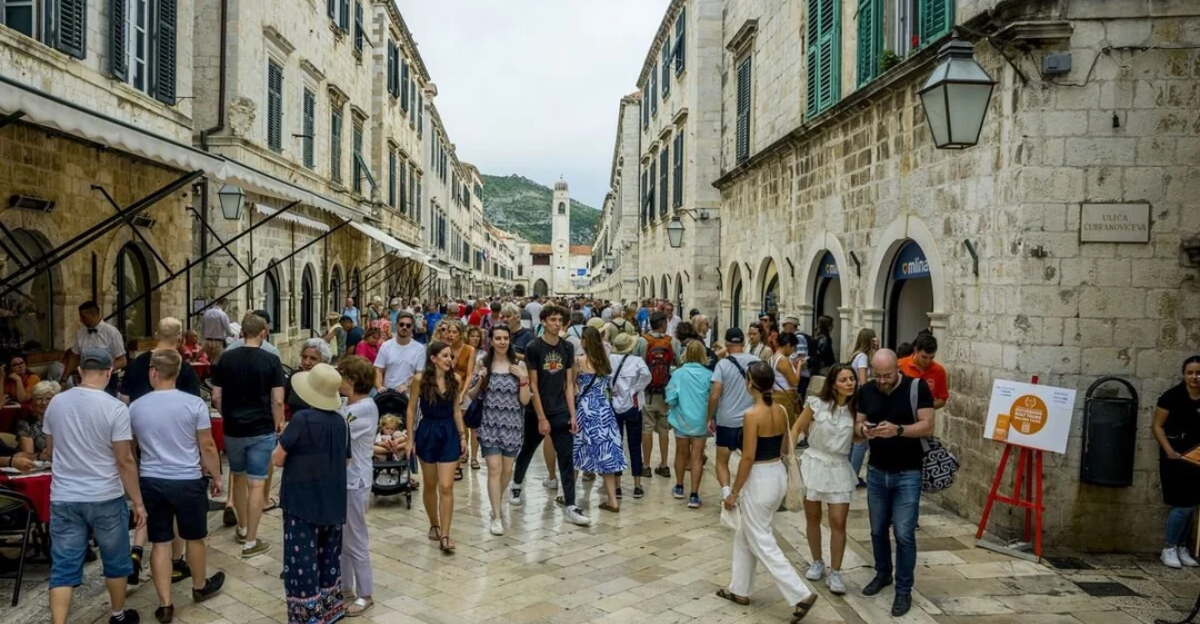
There is no longer a reliance on “peak season” to time price increases. Destinations utilize limited events, festivals, and climate marketing to maintain the high prices charged almost year-round. So, with these two components combined, travellers are seldom offered affordable prices.
Paywalls and AI Gatekeeping

The use of AI has also contributed to driving prices up by controlling subscriptions, microtransactions, and upgrade tiers. Access to major sights and bookings relies on AI, which means offline travellers unwilling to pay extra fees cannot enjoy the whole experience.
The Cost of “Preservation”
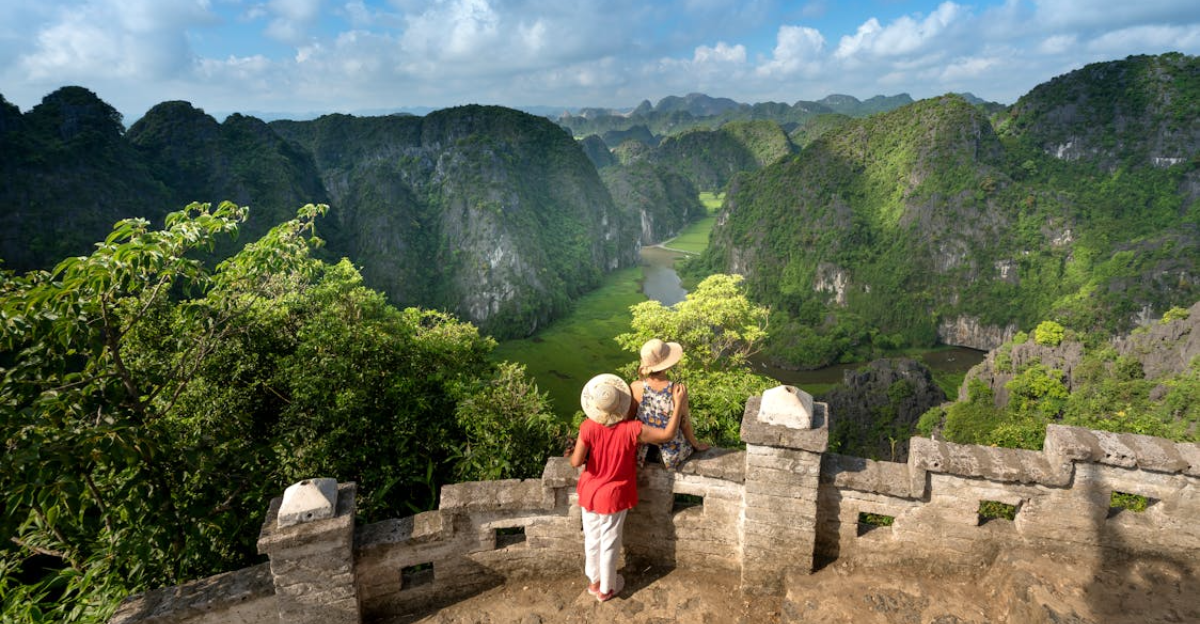
Many places impose mandatory environmental fees and tourist taxes to maintain their attractions, which benefit from their popularity. However, several places collect fees at every corner. You pay stealth costs that are not visible in base fares.
Forced “Voluntary” Services
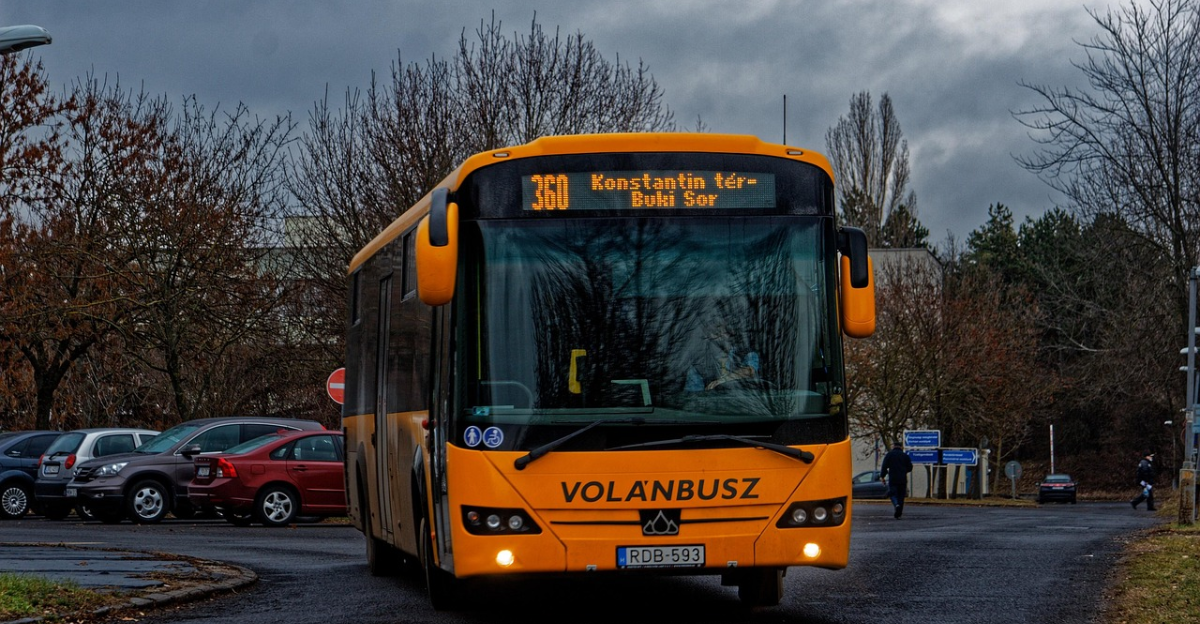
Other voluntary fees that become mandatory include luxuries such as luggage storage, day lockers, and shuttle buses. Almost everything surrounding tourist-dense areas is aggressively monetized, blocking out any other affordable alternative. A tourist´s desperation is exploited, and being in a foreign location, you have no other choice.
Government Policies Inflating Prices
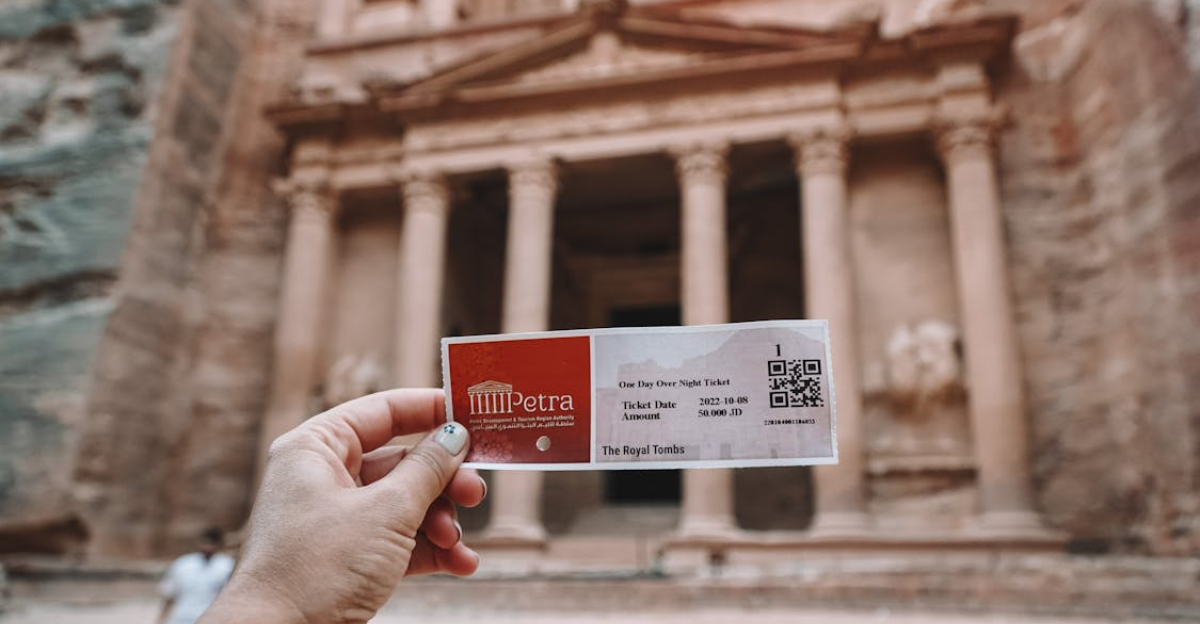
With the influx of tourists in popular destinations, the government controls crowding by limiting access and raising entry fees and permit prices. This is done to deter a few visitors, but has transformed exclusivity into a revenue stream. In contrast to the intent, crowds continue to visit, but must now pay several different fees.
The War on Budget Lodging
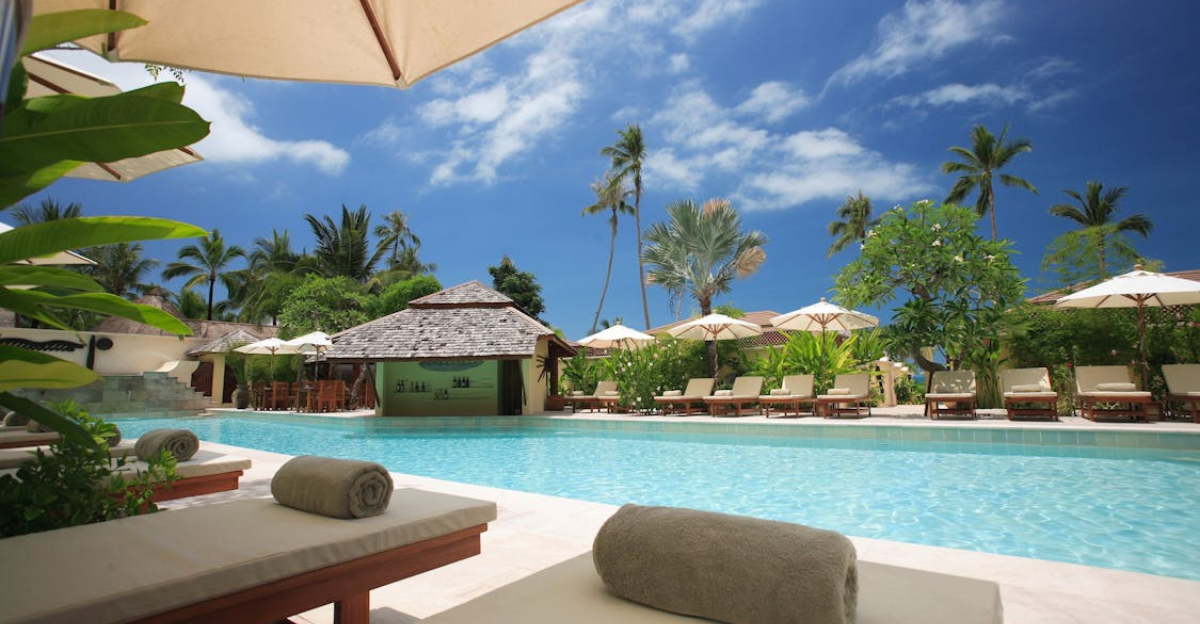
The government also attempts to put more tourists into pricier hotels by banning short-term rentals like Airbnb, limiting hostel licenses, or increasing taxes. Accommodations like these are mainly for those who intend to use lodging to store belongings and rest at night, instead of as a luxurious experience that classier hotels offer. Unfortunately, budget lodging options are limited.
Tourist Traps and Overpriced Bundles

Not all the time is a tourist attraction worth the price. Sometimes, it is all a quick money grab or an overhyped tourist trap. To access the primary purpose of your trip, you are forced to pay for a bundled experience, whether you are interested in the extras or not. To get to a world-renowned museum, you have to go through multiple other areas that don´t add anything to the value of your trip.
Social Media’s Role in Travel Inflation

Social media is to blame for the abundance of these money-grabbing tourist attractions. Locations invest in photo-worthy features that entice visitors to check out the curated marketed experience. It may seem fun and interesting on their posts, but most of the time, once you get there, it turns out to be subpar and not worth it.
Monopolies and the Death of Competition
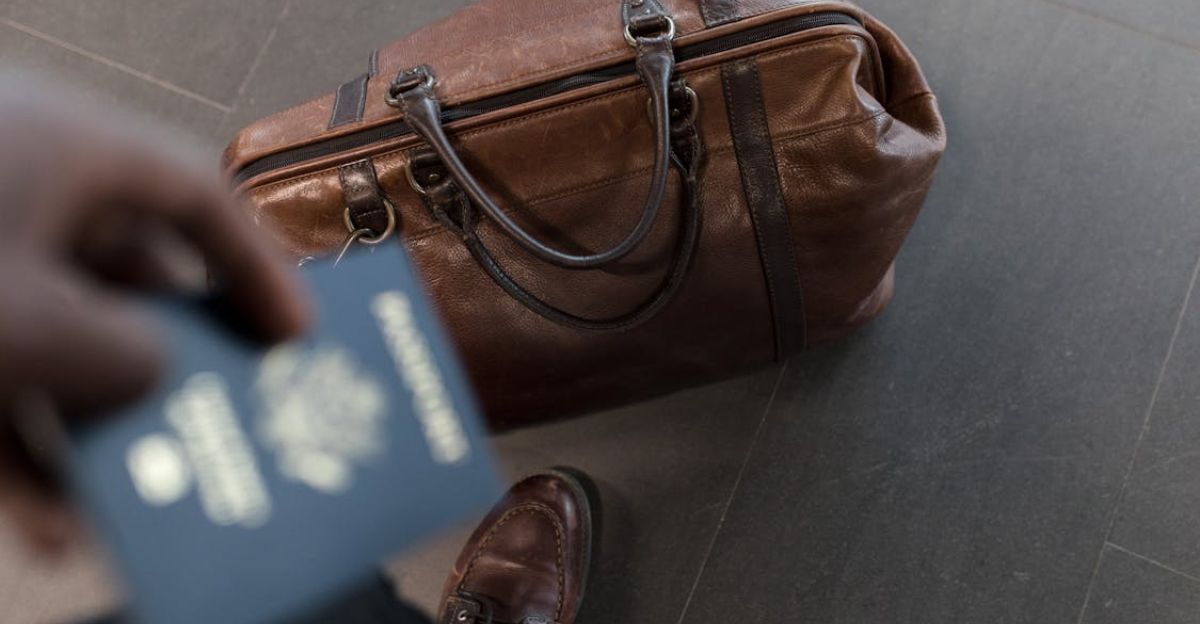
Conglomerates monopolizing local attractions are also to blame for increased pricing on these mediocre spectacles. These large travel groups absorb the small operators, removing price competition and standardizing prices at inflated rates. Since they have a hold on the vendors at each location, pushing more affordable prices is unnecessary.
Foreign Currency Pricing
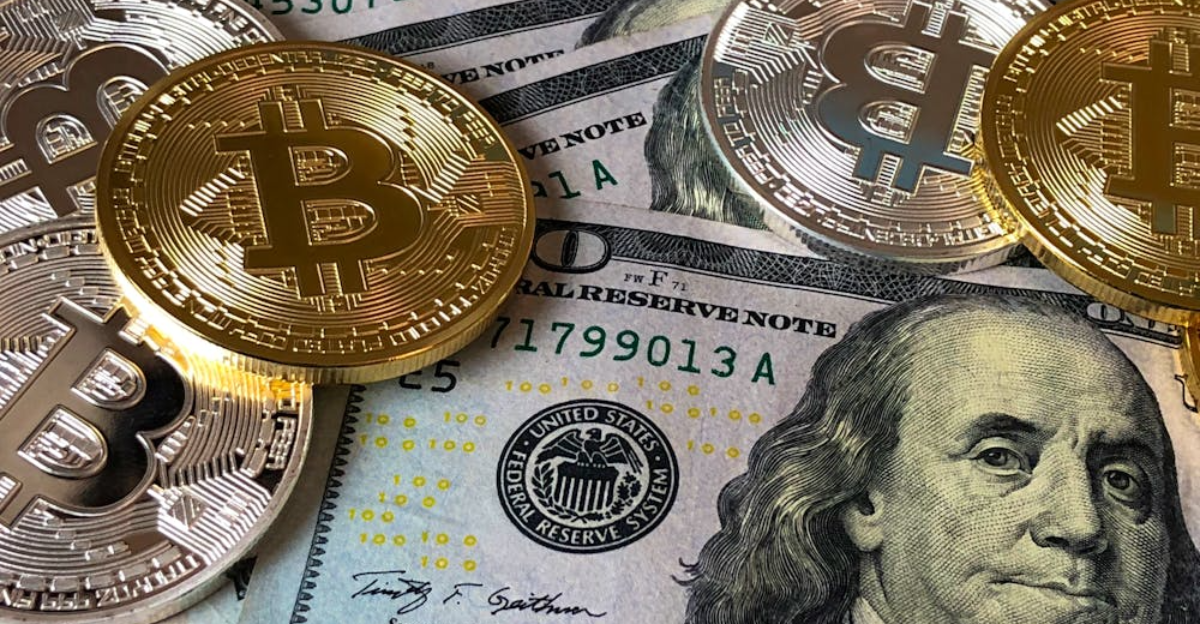
Prices are through the roof, and currency has much to do with it. In countries where the local currency declines, they often recalibrate tourism prices to stronger foreign currencies such as the U.S. dollar or the Euro. Businesses will list their prices directly in foreign currency to ensure higher value. Inflation is compensated by recalculating prices against the U.S. dollar or Euro with a worst-case conversion rate. These conversion fees are prominent yet go unnoticed by tourists at credit card terminals, transportation, and booking fees and serve as additional profit for vendors.
Price Discrimination: Tourists vs Locals
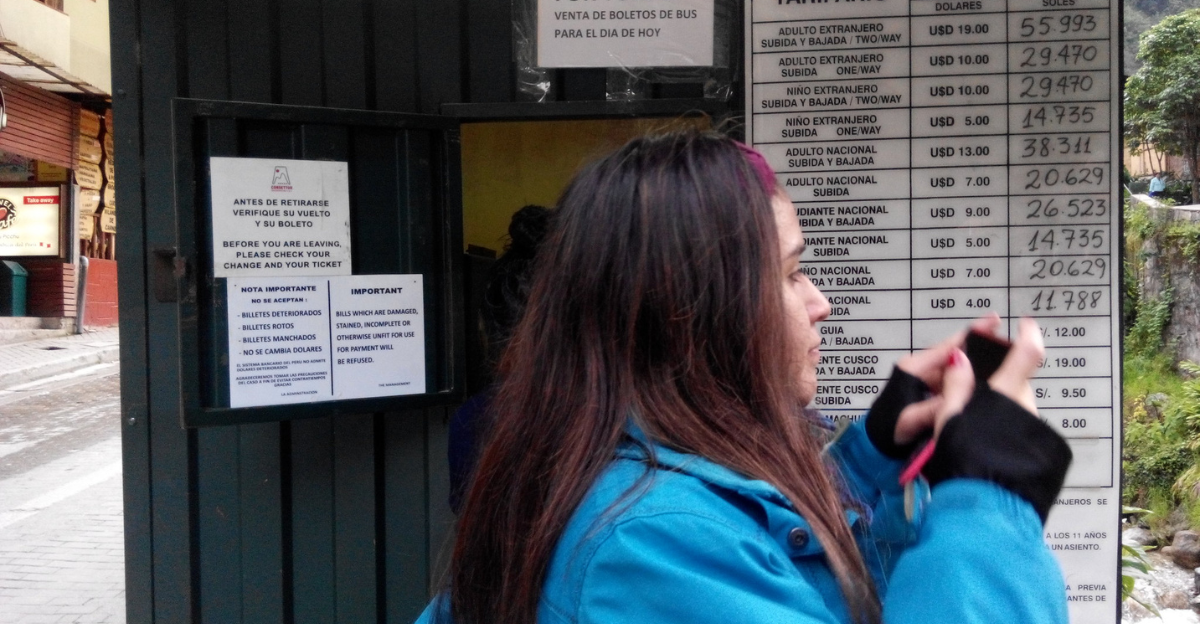
In addition to price lists using foreign currencies, sometimes there are separate prices for locals and tourists. For locals, this may seem like a perk. However, despite their steep charges, the fees collected from tourists are extremely surcharged. The gap is staggering, putting a strain on residents and visitors alike.
“Cheap” Destination No More
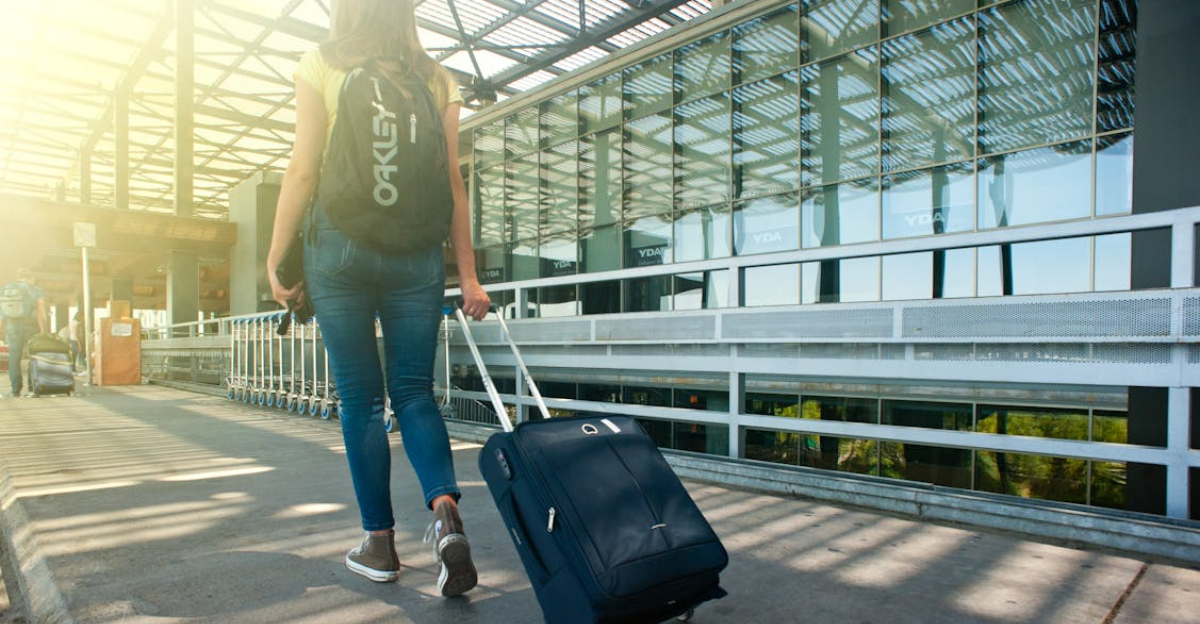
You are not benefiting from “cheap” countries when their tourism industry has adjusted its economy to compete with foreign pricing. Even in places where you would expect things to be somewhat affordable, tourist infrastructure has resulted in these high expenses. As beneficial as tourism may be to the local economy, even with these surcharged prices, the environment and locals suffer losses to some extent.
Declining Standards, Rising Costs
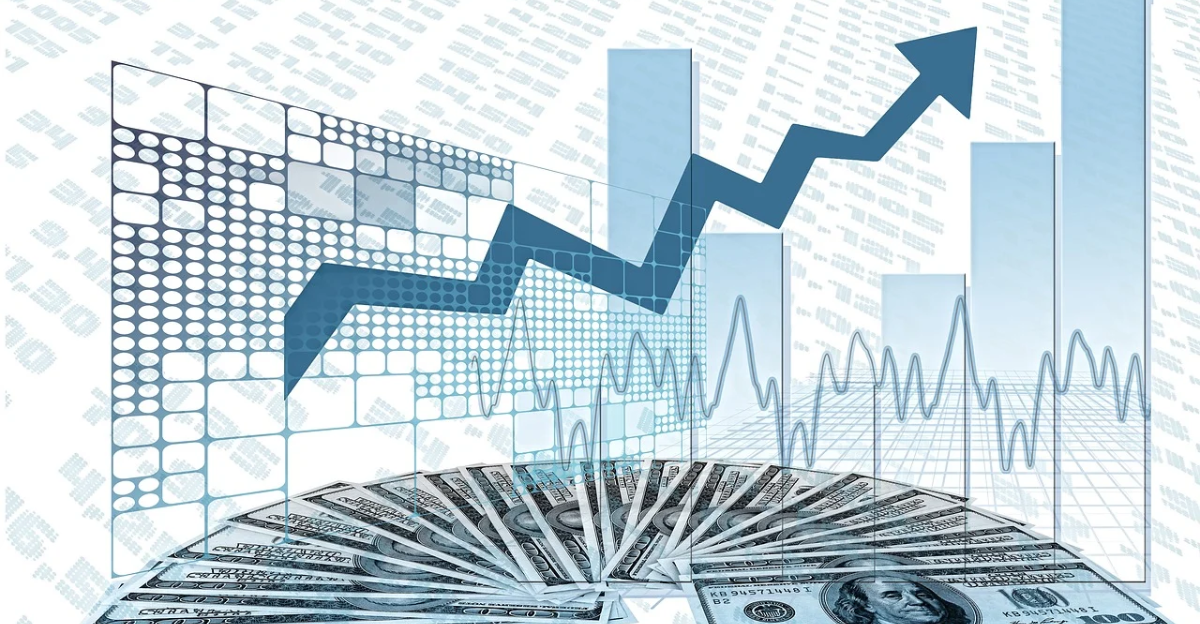
You´d think that with increasing prices, quality is more than assured. On the contrary, businesses are maximizing this income by permitting declining hospitality standards. Daily cleaning is eliminated, room sizes are decreased, and all-inclusive meals are non-existent. Travellers are blinded by the illusion of standard service when, in reality, their value for money is not met.
Examples of Major Price Hikes in 2025

A good way to itemize just what you are paying for as a tourist in 2025, let us compare a few attraction prices that have spiked in recent years, starting with the Louvre Museum in Paris. In 2023, a ticket cost USD $18.40, but after a 29% increase, tickets cost USD $23.80 in 2025. The Istanbul Museum Pass in Turkey could be bought with USD $26.00 in 2023, but a whopping 221.4% increase has them priced at USD $65.00 in 2025.
New Tourism Taxes Around the World
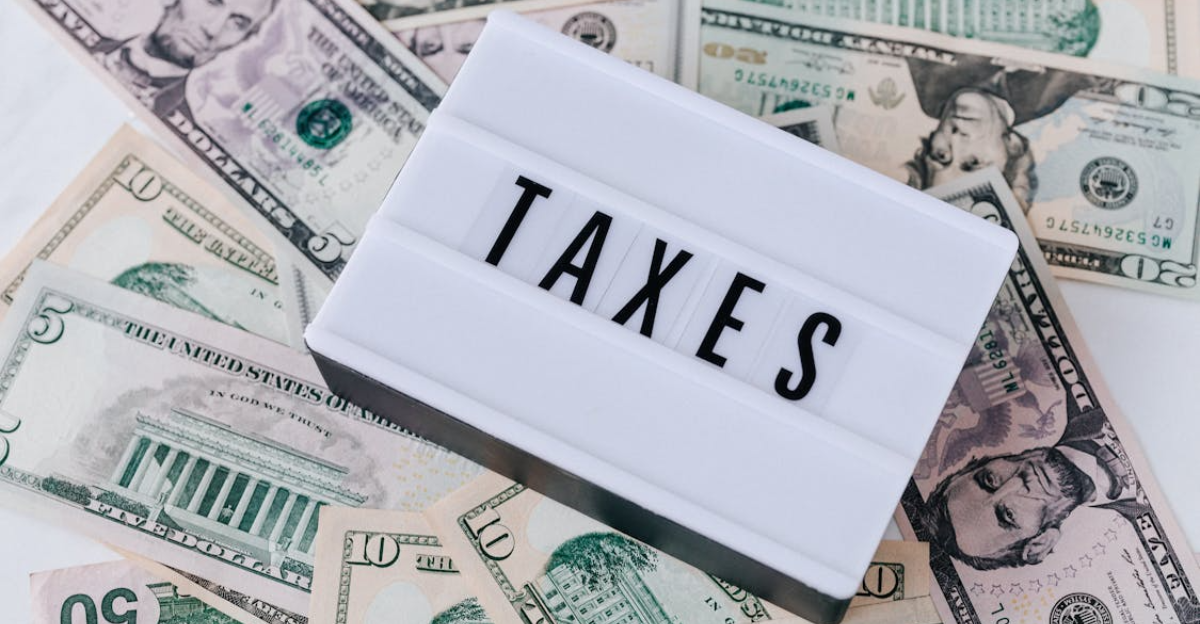
Some places have only recently imposed fees for general entry or attractions. This is supposedly to manage over-tourism and preserve the local ecosystem. France introduced a fee of up to USD $16.80 per night for luxury accommodations to support infrastructure development and offset tourism-related pressures. Portugal introduced a USD $2.20 per person per night fee starting January 2025 to fund heritage conservation impacted by tourism. Scotland has imposed a 5% tourist tax on accommodations made after October 2025.
Final Thoughts: 2025 Travel Strategy

As we have deduced, travel is no longer a trivial ordeal. Money is a heavy topic that occupies every decision and dictates the quality of your trip. These days, money-saving skills and budgeting talents dominate the travel crowd to ensure spending doesn´t go overboard. It is definitely not a hard thing to do if you are good at reading the fine print and persevering at hunting down the best deals.
